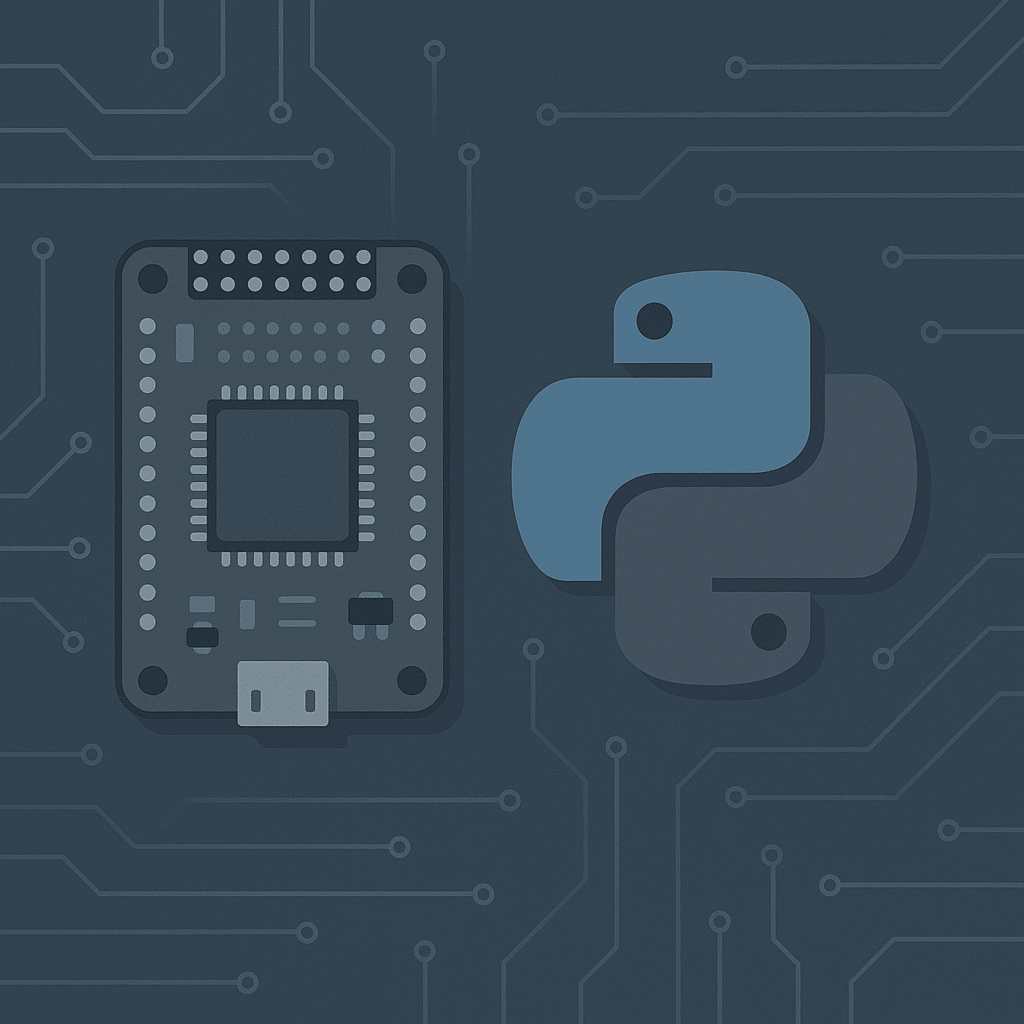Introduction to MicroPython and Its Differences from Standard Python

Introduction to MicroPython and Its Differences from Standard Python , Python has long been a favorite among programmers for its simplicity, versatility, and powerful libraries. However, when it comes to programming microcontrollers and embedded systems, the full-fledged Python interpreter can be a bit too resource-intensive. This is where MicroPython comes in – a lean, efficient version of Python designed specifically for microcontrollers and resource-constrained environments. In this article, we’ll explore what makes MicroPython unique, how it differs from standard Python, and why it’s become a popular choice for embedded systems developers.
What is MicroPython?
MicroPython is a compact, highly efficient implementation of the Python 3 programming language, optimized to run on microcontrollers and embedded systems. Created by Damien P. George in 2013, it was developed to bring the power and simplicity of Python to devices with limited resources. MicroPython includes a subset of the Python standard library and is designed to work on systems with as little as 16 KB of RAM and 256 KB of flash memory.
Key Features of MicroPython
- Small Footprint: Designed to run on microcontrollers with minimal resources.
- Efficient Memory Management: Optimized for low-power, low-memory devices.
- Fast Execution: Uses an efficient bytecode compiler and garbage collector.
- Hardware Access: Direct control over hardware peripherals like GPIO, UART, I2C, and SPI.
- Interactive REPL: Includes a powerful, interactive Read-Eval-Print Loop (REPL) for real-time testing and debugging.
How is MicroPython Different from Standard Python?
While MicroPython maintains the core syntax and features of Python, there are several critical differences due to the constraints of embedded systems:
1. Memory Management
- Standard Python: Uses a dynamic memory allocation model with garbage collection optimized for desktop and server environments.
- MicroPython: Implements a more constrained garbage collector to minimize memory fragmentation and overhead.
2. Libraries and Modules
- Standard Python: Has a vast collection of standard libraries and third-party packages via PyPI.
- MicroPython: Includes only a subset of the standard library, focusing on essential modules for embedded systems, like
machine,uos, andutime.
3. Performance and Execution
- Standard Python: Optimized for general-purpose computing with high-level abstractions.
- MicroPython: Prioritizes efficiency, using lightweight data structures and streamlined execution to fit within the tight memory constraints of microcontrollers.
4. Real-Time Capabilities
- Standard Python: Not suitable for real-time systems due to its garbage collection behavior and interpreter overhead.
- MicroPython: Offers faster response times, crucial for real-time control in robotics and IoT applications.
Why Use MicroPython for Embedded Systems?
- Ease of Use: Python’s clean syntax makes rapid prototyping easier.
- Hardware Control: Directly interacts with microcontroller hardware without the need for complex low-level languages like C or Assembly.
- Active Community: A vibrant community and rich documentation make it a beginner-friendly choice.
- Cross-Platform Flexibility: Code can often be ported between MicroPython and standard Python with minimal changes.
Getting Started with MicroPython
To start programming with MicroPython, you’ll need a supported microcontroller board like the ESP32, Raspberry Pi Pico, or Pyboard. The typical workflow involves:
- Flashing the Firmware: Installing the MicroPython firmware onto your microcontroller.
- Connecting to the REPL: Using a serial connection or Wi-Fi to access the MicroPython REPL.
- Writing Code: Creating scripts that interact with the hardware directly.
- Uploading and Testing: Deploying your scripts to the microcontroller and testing in real-time.
Conclusion
MicroPython is an excellent choice for anyone looking to bridge the gap between software development and electronics. Its lightweight nature, combined with the ease and power of Python, makes it ideal for IoT projects, robotics, and other real-time embedded applications. Whether you’re a seasoned developer or a hobbyist just getting started, MicroPython opens up a world of possibilities for creative and efficient embedded programming.
FAQs
Q1: Is MicroPython as powerful as standard Python?
Not exactly. While it covers the essentials, it lacks many of the full Python libraries and features to keep its footprint small.
Q2: Can I use my existing Python code in MicroPython?
It depends. Basic Python scripts often work, but anything relying on complex libraries like NumPy or Pandas won’t run without significant modification.
Q3: What boards support MicroPython?
Popular choices include the ESP32, Raspberry Pi Pico, Pyboard, and various STM32 boards.
If you found this article, Introduction to MicroPython and Its Differences from Standard Python, helpful, share it with your friends and visit our website for more tutorials.